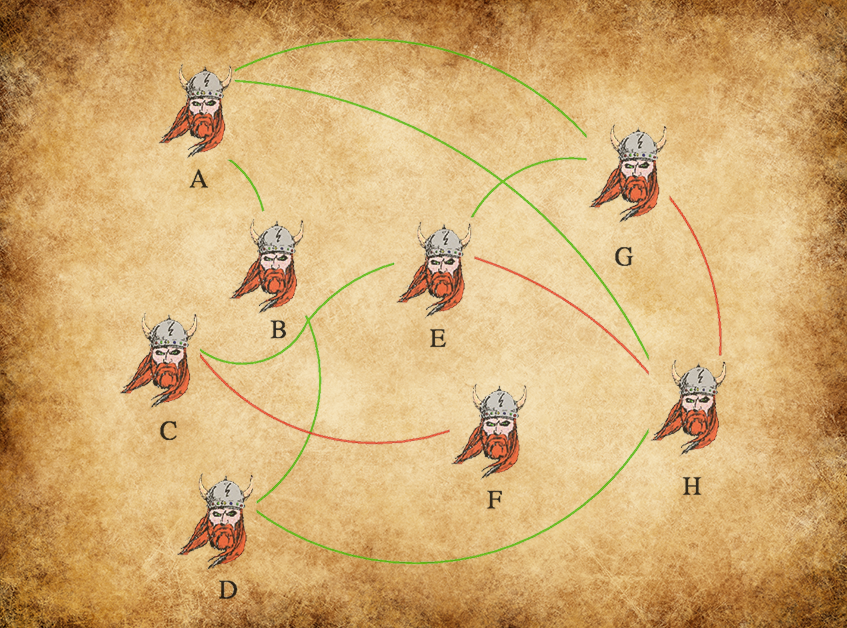The Penn Libraries have assembled a list of academic publishers who are making educational resources more readily available for researchers and teachers who are dealing with teaching or working remotely during the COVID-19 pandemic. Access varies by publisher but includes textbooks and some articles. Annual Reviews, for example, is making all their articles freely available, while other publishers are expanding access to their current subscribers.
Thanks to ZOOARCH-L for publicizing this!



